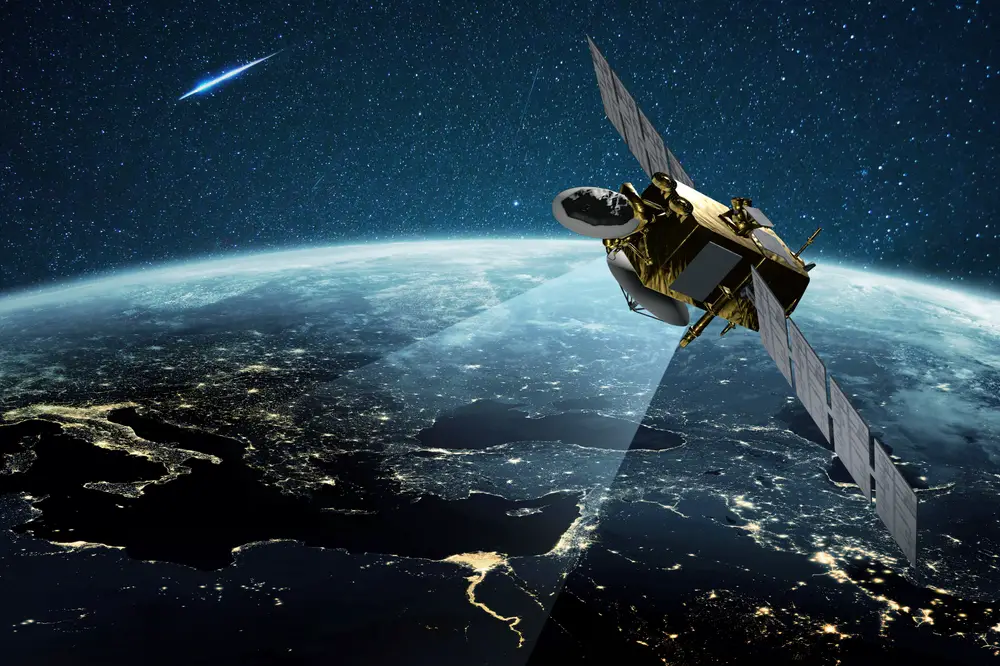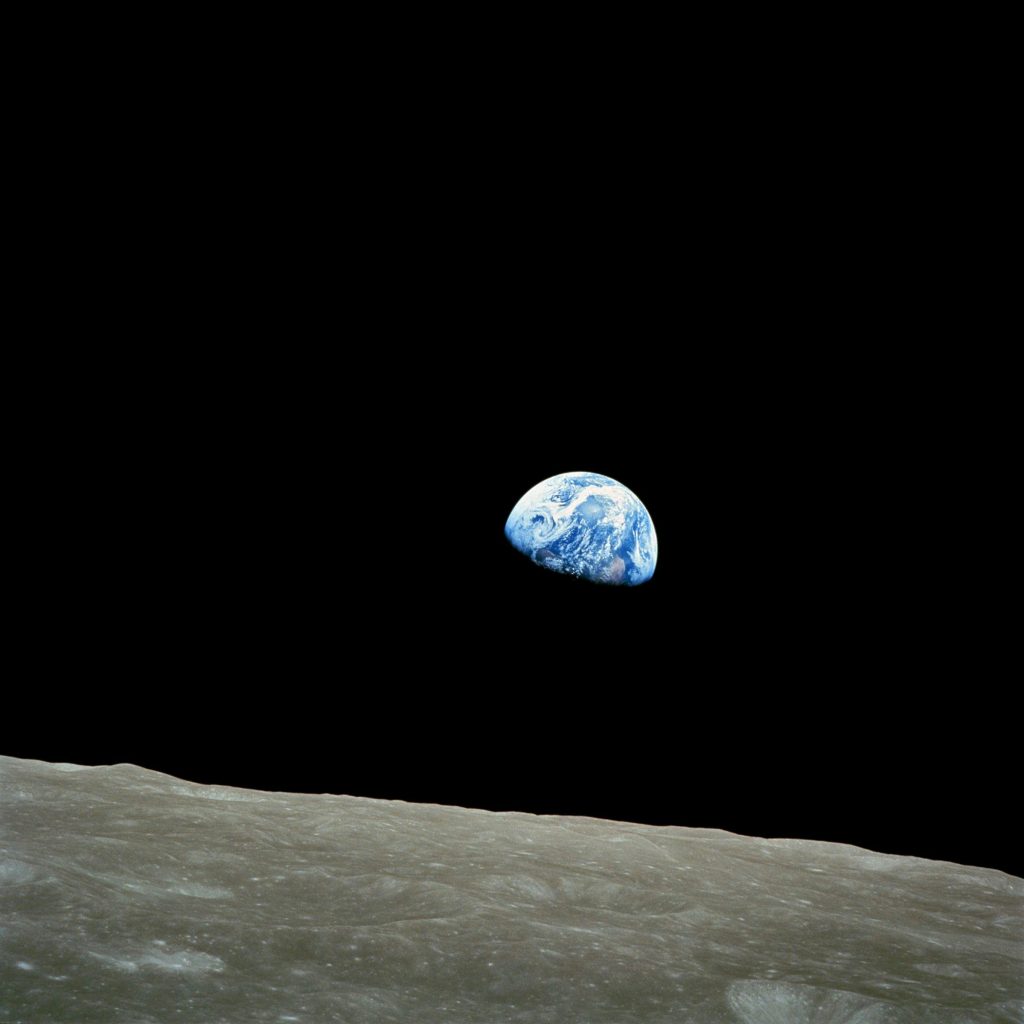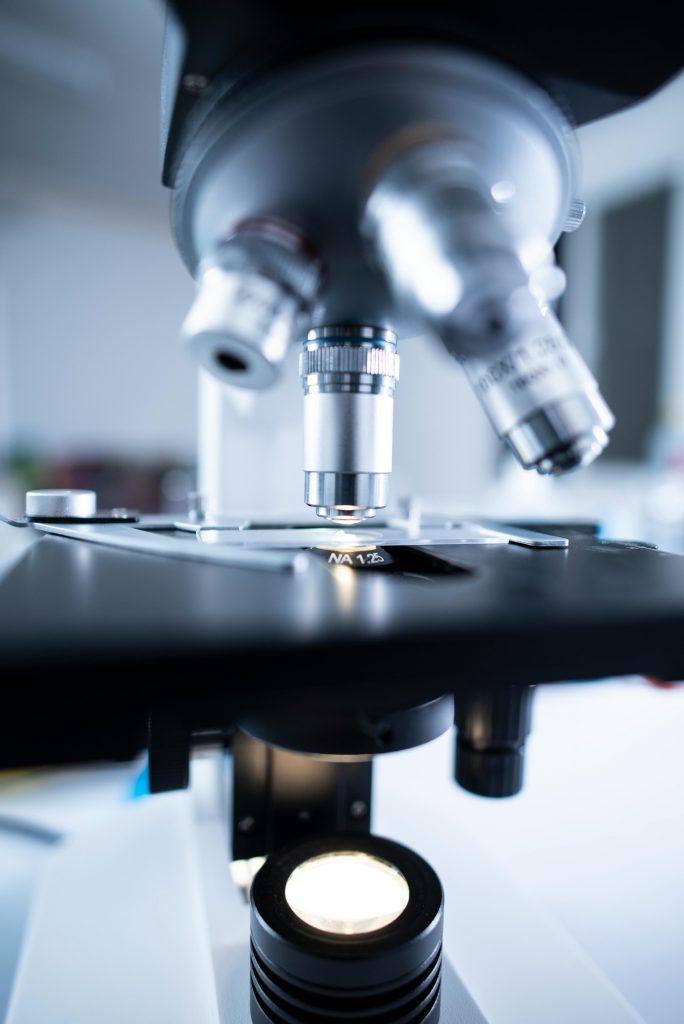The Kessler Syndrome, proposed by NASA scientist Donald Kessler in 1978, outlines a catastrophic scenario where space debris in Earth’s orbit reaches a critical point. In this situation, collisions between objects in space, such as satellites and spent rockets, would generate more debris, leading to a chain reaction of further collisions. This uncontrolled escalation could eventually make low-Earth orbit unusable, jeopardizing the future of space travel and the satellite systems that power essential technologies on Earth.
Concerns about the Kessler Syndrome have resurfaced due to the growing number of satellites being launched by companies like SpaceX, and the accumulation of more than 100 trillion pieces of space junk currently orbiting the planet. Experts like John L. Crassidis, a space debris researcher, believe it’s only a matter of time before the Kessler Syndrome becomes a reality. Once a critical mass of debris is reached, even small fragments can cause devastating damage to functioning satellites, intensifying the problem.

If the Kessler Syndrome occurs, it would have far-reaching consequences for life on Earth. Communication satellites, which support global internet, Wi-Fi, phone services, and GPS, could be destroyed. This would lead to widespread outages, potentially bringing down industries that rely on satellite technology, including transportation, agriculture, and disaster response. Weather satellites would also be affected, making it harder to predict and mitigate the impact of extreme weather events, posing risks to public safety and economic stability.
In response to this growing threat, scientists and space agencies are developing strategies to mitigate space debris. One potential solution is the recycling of decommissioned satellites and debris, repurposing the materials for new missions. The European Space Agency has committed to becoming “debris-neutral” by 2030, aiming to minimize the amount of space junk added to orbit. In the short term, some agencies are experimenting with de-orbiting debris, allowing it to burn up in Earth’s atmosphere, though this poses its own environmental risks.

Despite ongoing efforts, experts remain concerned that the situation could escalate beyond control if preventative measures are not taken soon. The Kessler Syndrome remains a serious challenge to humanity’s ability to explore and utilize space, and its potential to disrupt modern life underscores the urgency of addressing the space debris problem before it’s too late.




